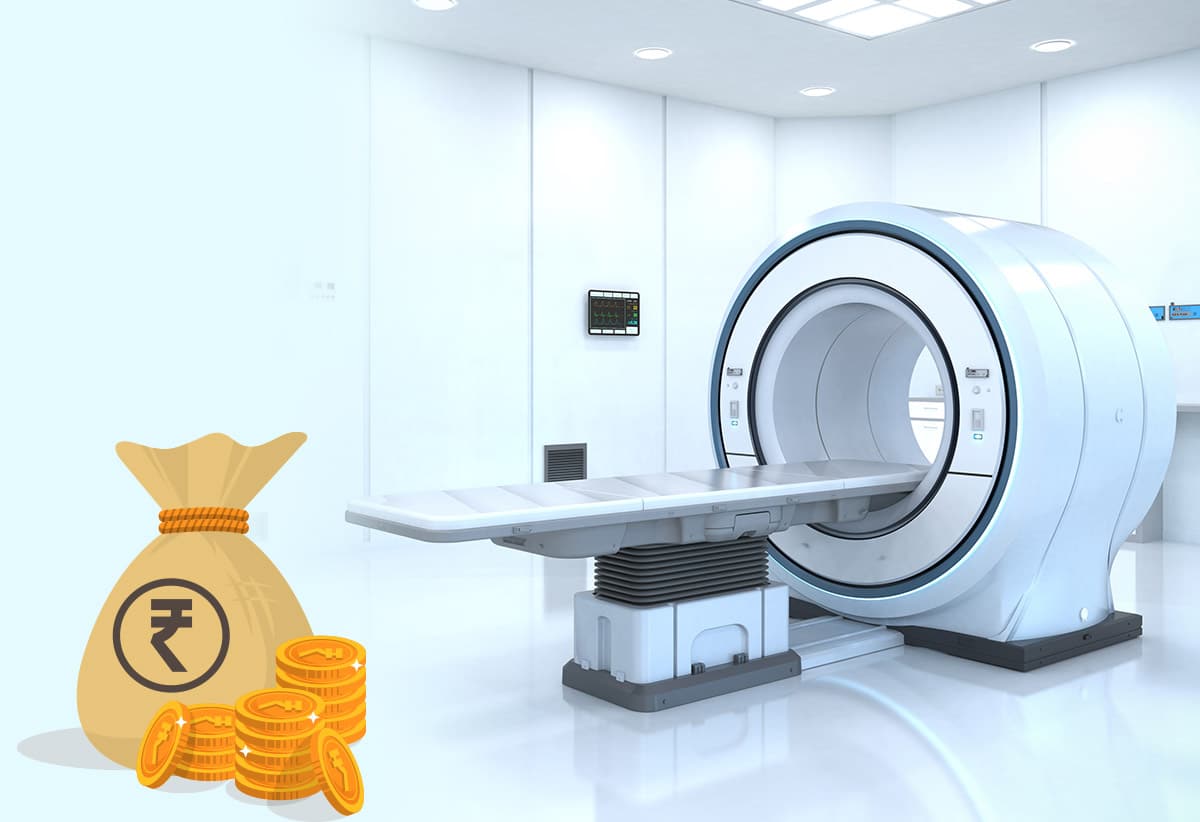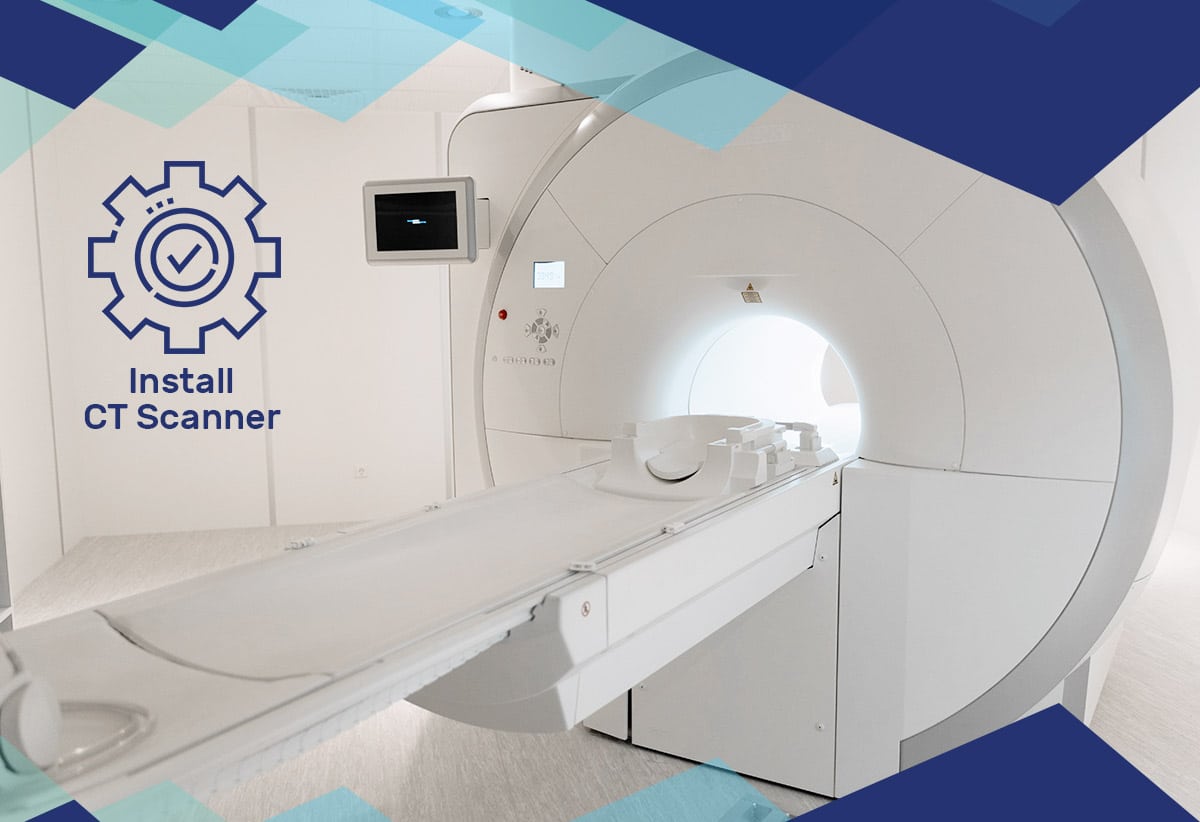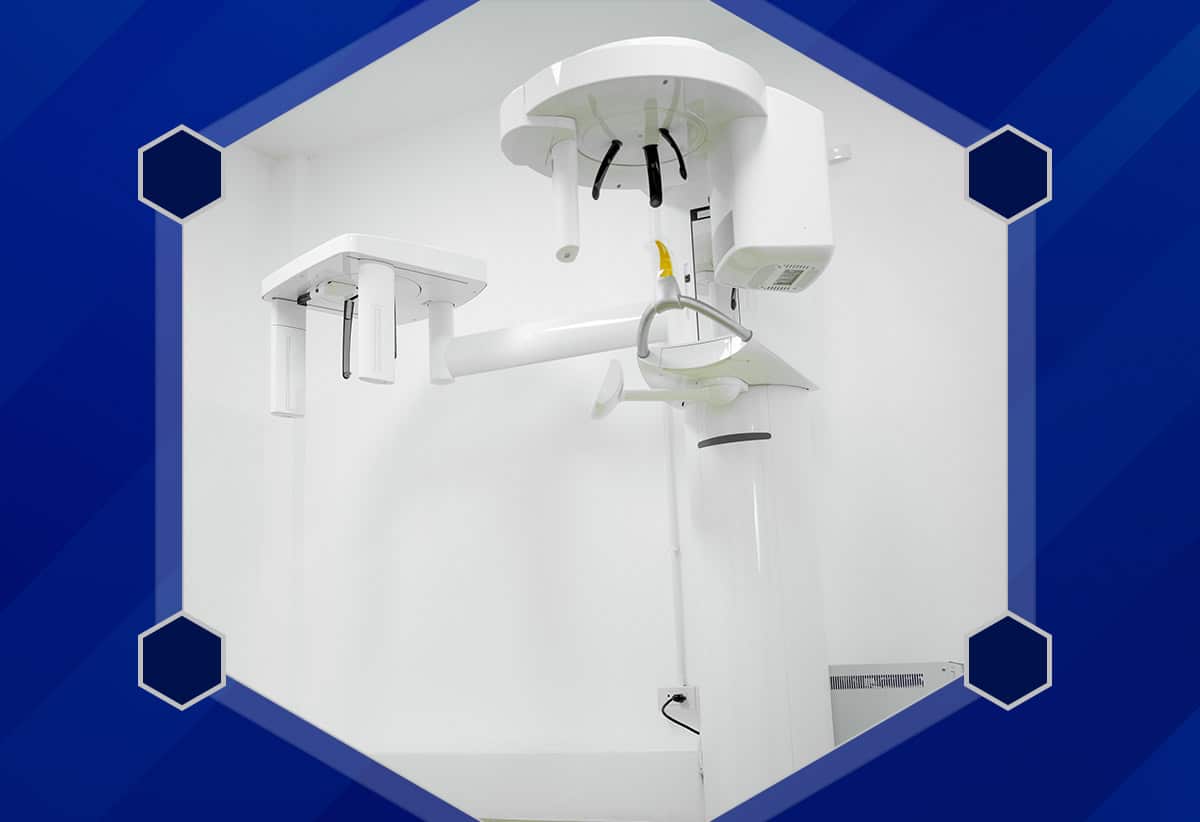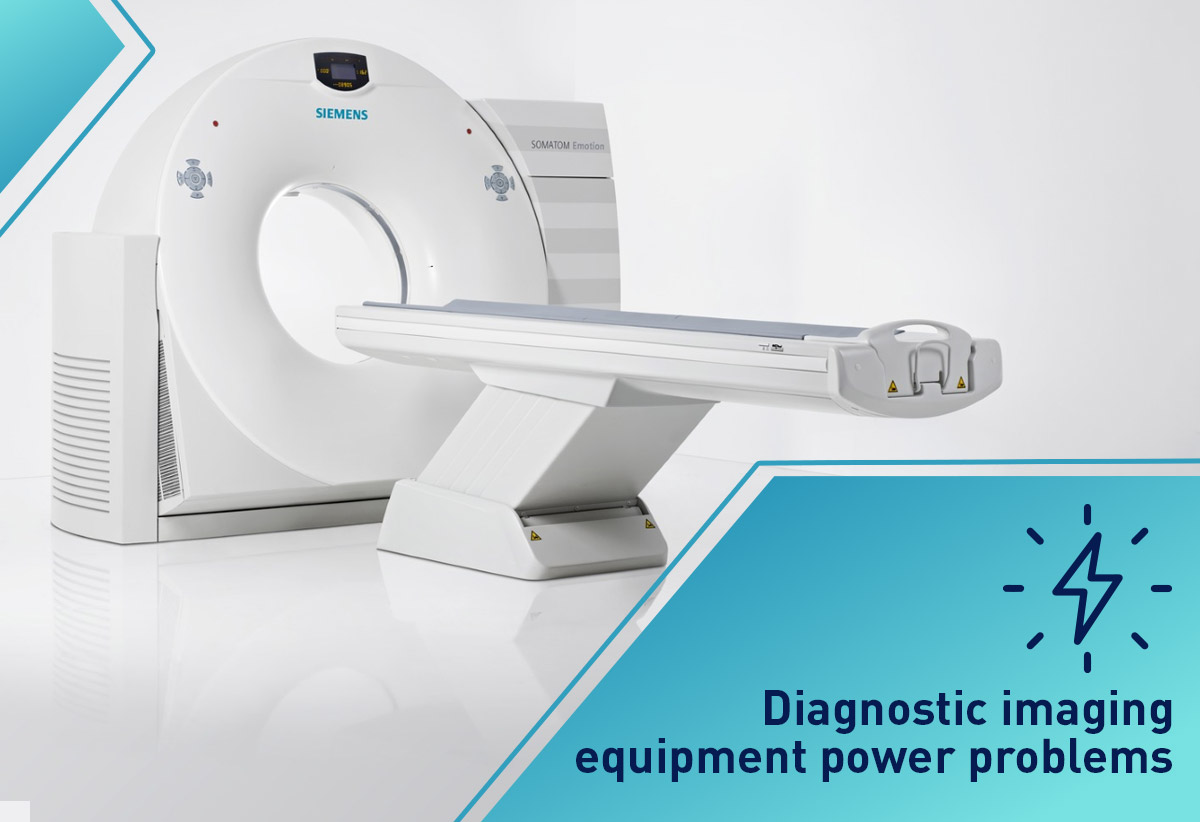Which factors influence the MRI Scanner cost?

MRI Scanners are crucial diagnostic equipment for any imaging department that allows the investigation of structures and organs inside the human body. They are an undeniable part of most healthcare facilities. It is leveraged for the detection of brain and spinal cord conditions such as brain tumors, strokes, dementia, traumatic brain injury, developmental anomalies, and others.
If you are also considering purchasing an MRI system, it would cost you anywhere between $400 to $3500. It can make a dent in your bank account if you are on a budget because the systems are expensive to build. Moreover, the quality testing, manufacturing, installation, and further maintenance make it an expensive affair to sustain.
There are many more factors that affect the cost of MRI Scanner – Year of manufacture (YOM), field strength, gradient strength, slew rate, and channels. The higher the number on these, the higher the price.
In this article, we are going to discuss them all so that you can make an informed decision regarding your purchase.
Factors That Affect the MRI Scanner Cost
1. Refurbished or new MRI Scanner
It’s no secret that the prices of refurbished MRI Scanners are typically 50 to 80% less than those of new systems.
So, if your requirements can be fulfilled with the refurbished system, then purchasing the same would be a wise decision. On the contrary, if you wish to work with a more advanced MRI scanner and have the budget to purchase it, then why not. Go ahead and get the best one for your healthcare facility.
2. Slew rate and gradient strength
The slew rate and gradient strength deliver top performance to your MRI Scanner and act as engines for the same.
So, considering the examinations you will be conducting at your healthcare facility, the gradient strength and slew rates will be decided on the same. The stronger their values are, the greater will be the image clarity.
In other words, the higher the values of gradient strength and slew rates, the more expensive the MRI Scanner will be. Simply put, the capability of the MRI system will increase with it, which in turn increases the cost of the Scanner.
3. MRI coil type in MRI system
The price of the MRI coil type increases with the number of channels in the coil. So, if we say that an MRI scanner has 4–8 channel coils, it will be less expensive than one with 16–32 channel coils.
Hence, if you require more channels in an MRI coil, you will have to spend some extra dollars to get it in your MRI Scanner.
4. Low field v/s high field MRI Scanner
Low-field MRI scanners are usually open-bore MRIs. These include the 0.2T, 0.3T, and 0.4T MRIs.
The 0.2T MRI systems are the least expensive, while the used 0.3T to 0.4T MRI scanner cost almost twice as much as the 0.2T systems.
On the other hand, the high-field MRI systems are very powerful and offer clear images of deep tissues. The year of manufacture of the high-field MRI system plays a crucial role in determining the price range of this equipment. The latest is the year of manufacture, the more will be the price of the MRI scanner.
These are closed and often make the patient feel claustrophobic. The newest models of these MRI systems can burn a hole in your pocket with their expensive price range and additional maintenance costs that come along with it.
5. Wide bore MRIs
Wide-bore MRIs are in greater demand in the market, given the comfort they offer the patient during the examination process.
Their diameter measures 70 cm instead of 60 cm, making the patient feel comfortable and breathable. It is for this reason that their prices are spiking in the market.
6. Helium cold magnet or permanent magnet
The magnet type influences the price of an MRI Scanner significantly. The helium-cooled magnets of 0.4T MRIs are more expensive than those of 0.4T MRIs with permanent magnets.
Apart from being expensive, helium-cooled MRI also requires extensive maintenance. You will need extra helium to keep it running. It can further add to the cost of such MRI scanners.
7. Year of manufacture
The older the year of manufacture, the cheaper an MRI system is. With the latest advancements in the model launched every year, the cost of the MRI scanner keeps on increasing because of the additional capabilities, it offers in the market.
Note: The prices of MRIs scanner fluctuate greatly on the above-mentioned factors. Many times, the cost of installation, maintenance, and training of the staff also spikes the cost of such systems, while at other times, you just pay for the amount of the MRI scanner.
Conclusion
The above-mentioned factors must have given you a clear picture of how every feature influences the cost of MRI scanner. We recommend you be very clear about your requirements when purchasing an MRI system.
If you are still struggling with queries or second thoughts, don’t waste more time and connect with us to get all the information on what will work best for your requirements. We would be extremely happy to assist you. We can guide you to select the best medical imaging equipment for your healthcare facility and also help you to protect your investment and provide options for saving maintenance and service costs on your pre-owned or refurbished medical imaging equipment.
To get further information, please feel free to call us at +1 586 917 0245 or email us at sales@kbdentalconsulting.com.





